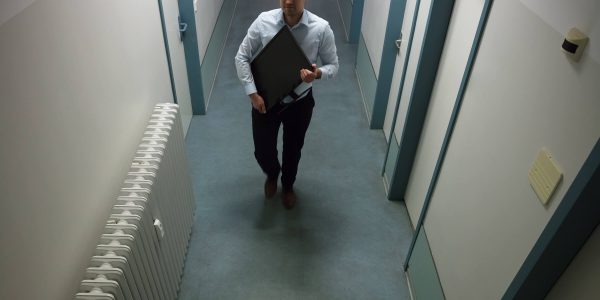Minimising the Risk of Balcony Fires (For Property Owners) – Article 2
For many apartment owners and tenants, balconies are treasured spaces. They offer a breath of fresh air in the urban jungle, a spot for leisurely breakfasts, and a place for socialising. However, it’s vital to not forget the fire risks that they can pose; risks heightened by discarded cigarette butts, heaters, and BBQs.
Property owners and housing providers have a responsibility to their tenants to inform them about these risks. Given that 2023 has already seen record-breaking heat in June – and with the rest of the summer predicted to mirror last year’s temperatures – it’s more important than ever for people to exercise caution, particularly when it comes to lighting up the grill. A single BBQ fire during a recent heatwave caused £400,000 worth of damages and forced residents from multiple floors to evacuate their homes.
Identifying Dangers
Incidents such as the above highlight the reasons for being extra cautious in such circumstances. Carelessly discarded smoking materials can spark fires, as can embers from BBQs.
It’s recommended that BBQs of all types, sizes, and fuels should never be used on balconies. The dangers increase when grills are left unattended, and winds – which can be unpredictable and stronger at greater heights – can fan the flames. Even the proximity of nearby buildings can change wind patterns. Combustible items, like privacy screens, can also catch fire, while the cramped layout of balconies can hinder escape routes.
In many cases, timber present on balconies can either cause or exacerbate fires. These include balconies made from non-combustible materials like metal, but which are decked with wood. Timber cladding on otherwise brick and block buildings is another common factor.
Construction Methods and Fire Risk
The use of combustible cladding and building materials, along with timber in construction and facades of balconies, can significantly contribute to the spread of fire. These are common in modern construction techniques.
Timber-framed buildings are vulnerable to a variety of fire sources, including radiation from other fires. When a timber-framed building catches fire, the damage can be widespread and severe.
Modern construction methods must, therefore, consider fire resistance. This includes evaluating the combined properties of materials used and ensuring a comprehensive approach to design, construction, and maintenance to adequately recognise and address fire risks. This awareness is crucial not only during construction but also during the inhabitation phase of a building’s life.
For any queries relating to this issue – or any other issue(s) discussed in our blogs – please get in touch with us at: insurance@circlegroup.co.uk.
Original Case Study, accredited to RRADAR.
In the face of security concerns, your business may be resorting to CCTV systems for employee monitoring. But is this practice beneficial and, more importantly, is it lawful? In our latest blog, we’re here to guide you through the labyrinth
For many apartment owners and tenants, balconies are treasured spaces. They offer a breath of fresh air in the urban jungle, a spot for leisurely breakfasts, and a place for socialising. However, it’s vital to not forget the fire risks
In the complex landscape of business regulations and legislation, it’s important for companies to stay updated on policy changes that may affect their operations. The Retention of Tips Act is one such piece of legislation that’s set to cause significant


